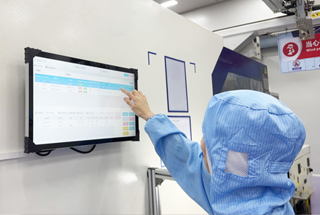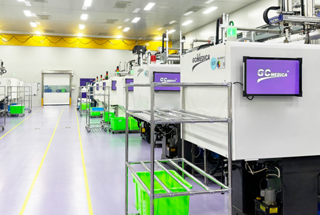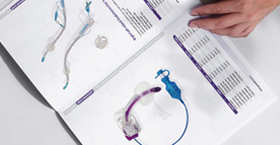Hysterosalpingography (HSG) is a crucial diagnostic procedure used to evaluate the uterine cavity and fallopian tube patency, primarily in infertility assessments. A key component in this procedure is the HSG balloon catheter, designed to facilitate the introduction of contrast media into the uterine cavity. This article explores the features, benefits, and considerations associated with HSG balloon catheters.
What Is an HSG Balloon Catheter?
An HSG balloon catheter is a specialized medical device consisting of a flexible catheter with an inflatable balloon near its tip. During the HSG procedure, the catheter is inserted through the cervix into the uterine cavity. Once properly positioned, the balloon is inflated to secure the catheter in place and prevent the backflow of contrast media. This setup allows for effective filling of the uterine cavity and fallopian tubes with contrast material, enabling clear imaging during fluoroscopy.
 GCMEDICA HSG Balloon Catheter Online Promotion
GCMEDICA HSG Balloon Catheter Online Promotion
Key Features of HSG Balloon Catheters
Latex-Free Construction: To minimize the risk of allergic reactions, many HSG balloon catheters are made from latex-free materials, ensuring patient safety and comfort.
Flexible and Soft Tip: The catheter typically features a soft, flexible tip to facilitate smooth insertion and minimize trauma to the cervical canal and uterine lining.
Inflatable Balloon: Positioned near the distal end, the balloon can be inflated with a specified volume of air or saline to anchor the catheter securely within the uterine cavity.
Radiopaque Markings: Some catheters include radiopaque markers to enhance visibility under fluoroscopic guidance, aiding in precise placement and assessment.
Benefits of Using HSG Balloon Catheters
Enhanced Patient Comfort: Studies have shown that the use of balloon catheters during HSG procedures is associated with reduced pain compared to traditional metal cannulas. The soft, flexible design contributes to a more comfortable experience for patients.
Secure Placement: The inflatable balloon ensures that the catheter remains securely positioned, preventing leakage of contrast media and allowing for optimal imaging results.
Efficient Contrast Delivery: The design facilitates uniform distribution of contrast material throughout the uterine cavity and fallopian tubes, aiding in the accurate diagnosis of blockages or abnormalities.
Considerations for Healthcare Providers
When selecting an HSG balloon catheter, healthcare providers should consider the following factors:
Catheter Size: Available in various French sizes (e.g., 5Fr, 7Fr), the choice depends on patient anatomy and specific procedural requirements.
Balloon Capacity: Adhering to the recommended inflation volume is crucial to prevent balloon rupture and ensure patient safety.
Material Safety: Opting for catheters made from biocompatible, latex-free materials reduces the risk of allergic reactions and enhances patient comfort.
Regulatory Compliance: Ensuring that the catheter meets relevant medical standards and regulations is essential for maintaining high-quality patient care.
Conclusion
The HSG balloon catheter is an indispensable tool in the assessment of female reproductive anatomy, offering a combination of patient comfort, secure placement, and effective contrast delivery. By understanding the features and benefits of these catheters, healthcare providers can enhance the accuracy and comfort of hysterosalpingography procedures, ultimately contributing to better diagnostic outcomes in infertility evaluations.


 Français
Français Español
Español Products
Products

 About Us
About Us












